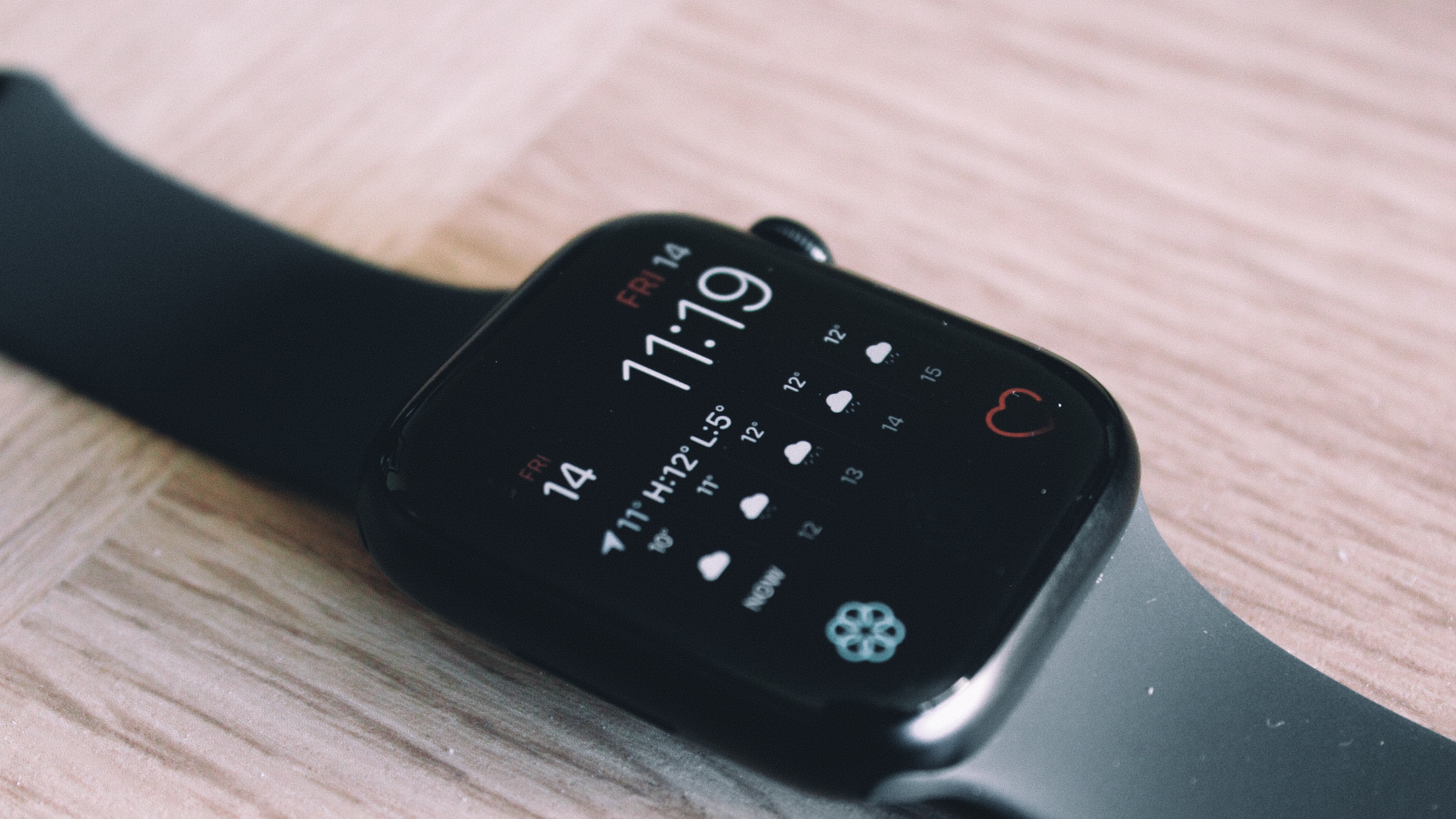Apple Watch could help predict pain among sickle cell disease sufferers, study finds
The study found that the Apple Watch's sensors could help predict pain.

A study of suffers of sickle cell disease admitted to the Duke University SCD Day Hospital has found that an Apple Watch can be used to help predict pain.
The people were given an Apple Watch Series 3 to wear during their stay at the hospital with the study using its sensors to collect data including heart rates, heart rate variability, and heart rate variability.
Sickle cell disease is associated with severe complications including chronic anemia, stroke, and vaso-occlusive crises (VOCs), the latter of which can be unpredictable and cause pain and hospitalization.
15,683 Apple Watch data points collected
The study covered 20 patients who identified as Black or African American and was made up of 12 females and 8 males. The median time people wore the Apple Watch was two hours and 17 minutes with a total of 15,683 data points collected across all of those being observed.
The report says that "data were analyzed using 3 different machine learning models: multinomial logistic regression, gradient boosting, and random forest, and 2 null models, to assess the accuracy of pain scores." The report continues, saying that "the evaluation metrics considered were accuracy (F1-score), area under the receiving operating characteristic curve, and root-mean-square error (RMSE)."
All of the technical speak aside, the important part is pretty easy to follow — "all models outperformed the null models, and the best-performing model was the random forest model, which was able to predict the pain scores with an accuracy of 84.5%, and a RMSE of 0.84."
The conclusion is that the Apple Watch is a promising, noninvasive way for medical professionals to collect data and predict pain scores during VOCs. What's more, the study proved that you don't need to be using Apple's very best Apple Watches for this to work — the Apple Watch Series 3 went on sale in 2017.
iMore offers spot-on advice and guidance from our team of experts, with decades of Apple device experience to lean on. Learn more with iMore!
This isn't the first time that Apple Watches have been used in medical studies of course, but it's another example of how doctors can use the sensors built into Apple's wearable to do important and interesting things with the data they collect.

Oliver Haslam has written about Apple and the wider technology business for more than a decade with bylines on How-To Geek, PC Mag, iDownloadBlog, and many more. He has also been published in print for Macworld, including cover stories. At iMore, Oliver is involved in daily news coverage and, not being short of opinions, has been known to 'explain' those thoughts in more detail, too.
Having grown up using PCs and spending far too much money on graphics card and flashy RAM, Oliver switched to the Mac with a G5 iMac and hasn't looked back. Since then he's seen the growth of the smartphone world, backed by iPhone, and new product categories come and go. Current expertise includes iOS, macOS, streaming services, and pretty much anything that has a battery or plugs into a wall. Oliver also covers mobile gaming for iMore, with Apple Arcade a particular focus. He's been gaming since the Atari 2600 days and still struggles to comprehend the fact he can play console quality titles on his pocket computer.
